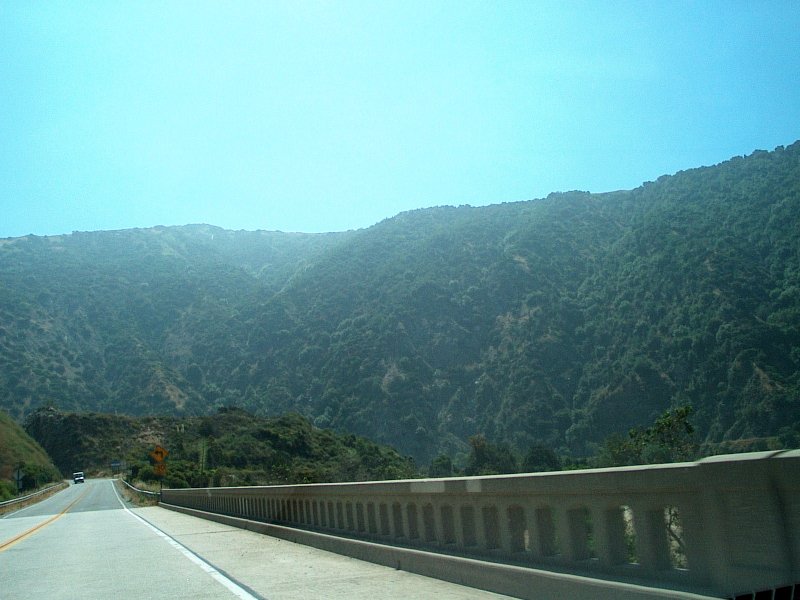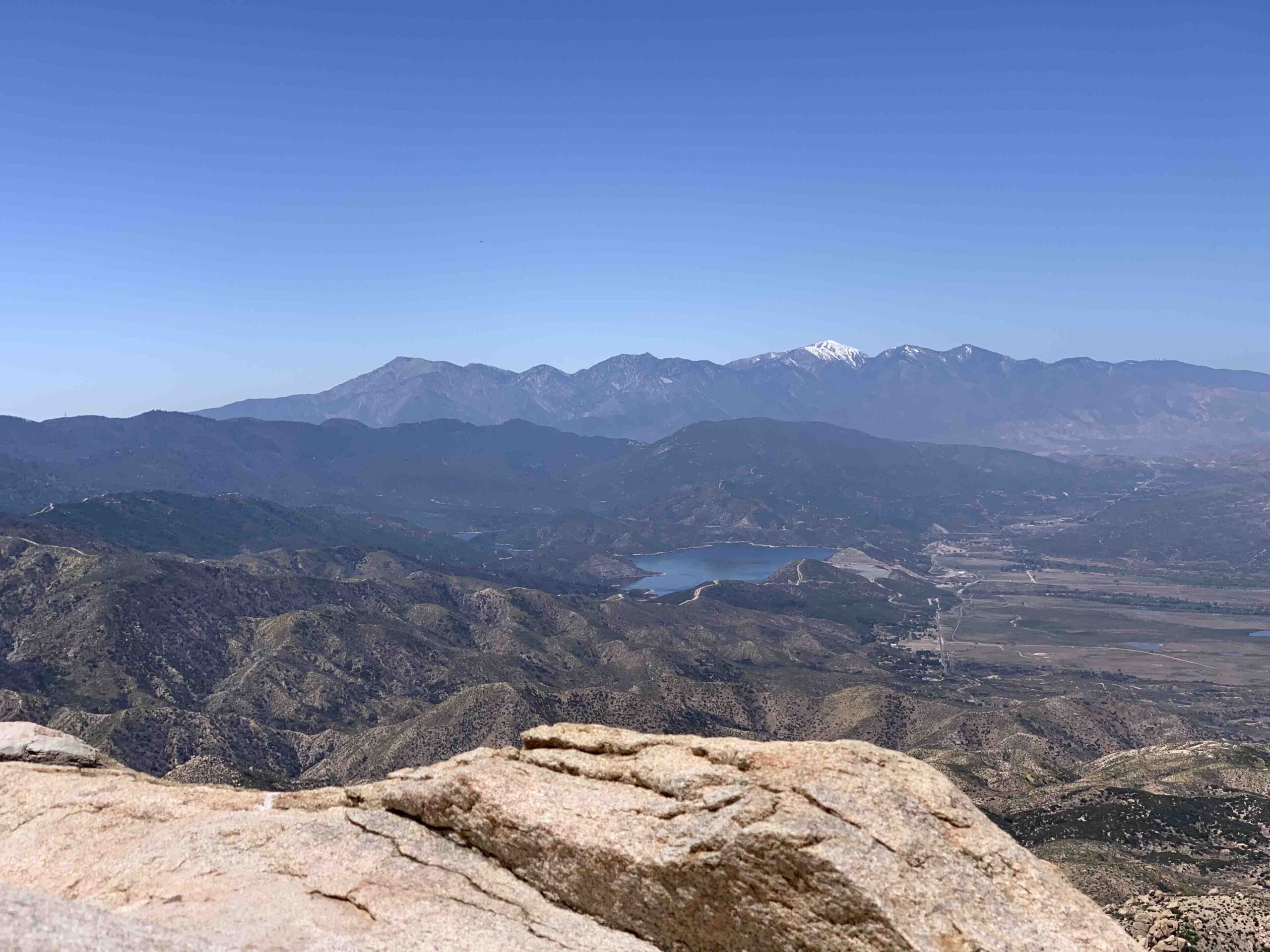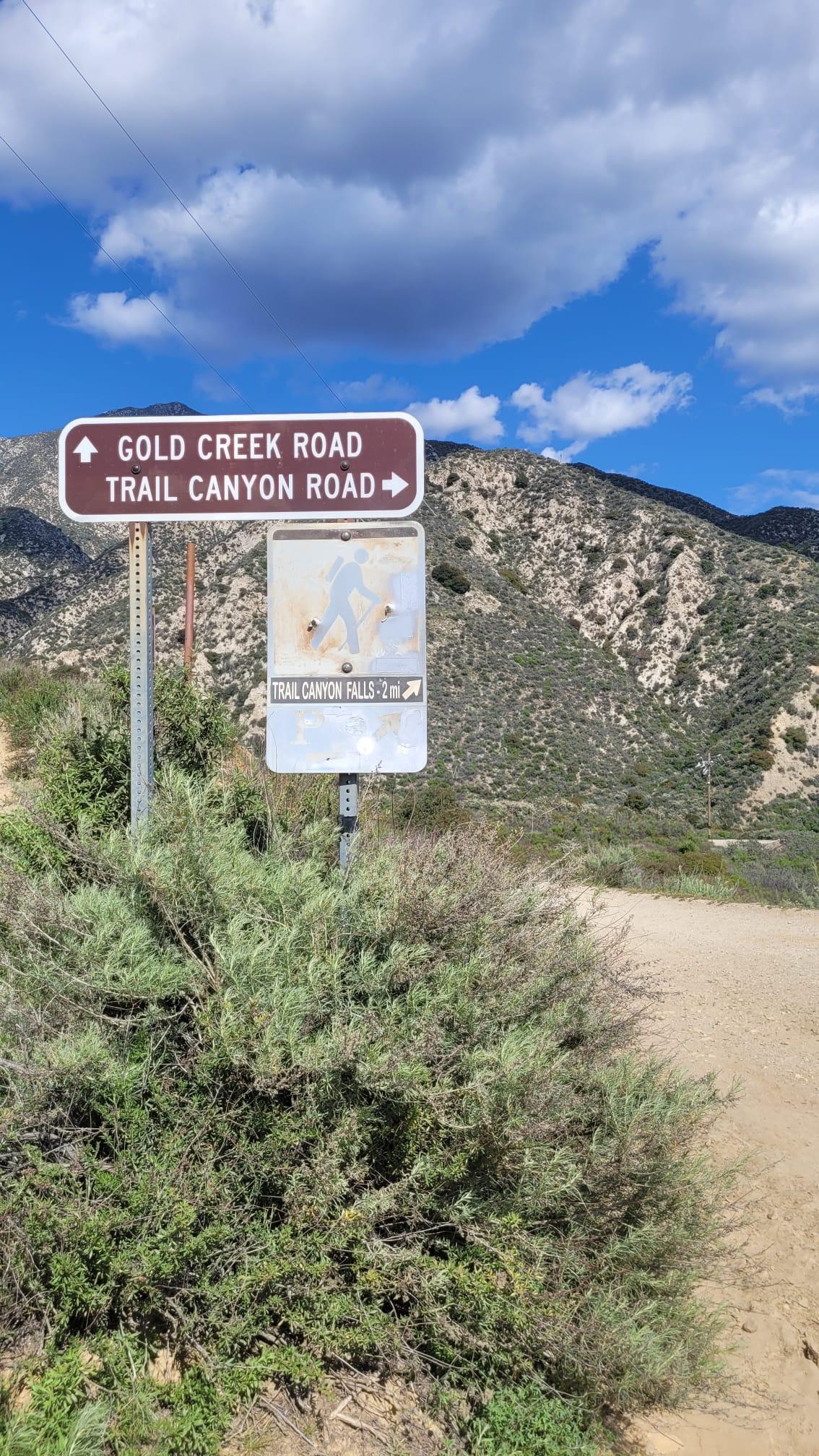The Angeles National Forest, nestled in the San Gabriel Mountains of Southern California, offers a stunning display of native plants and wildflowers during the spring and early summer months. This diverse ecosystem, ranging from chaparral to coniferous forests, provides a habitat for numerous plant species that burst into bloom, painting the landscape with vibrant colors. Visitors can witness an array of flowers, from delicate California poppies to fragrant sage, each contributing to the forest’s unique beauty and ecological importance.
What Types of Plants Can You Find Blooming in Angeles National Forest?

The Angeles National Forest boasts a rich variety of native plants that bloom throughout the spring and early summer. Here’s a list of some common flowering plants you might encounter:
- California Poppy (Eschscholzia californica)
- Lupine (Lupinus spp.)
- Yucca (Yucca whipplei)
- Sage (Salvia spp.)
- Manzanita (Arctostaphylos spp.)
- Monkey Flower (Erythranthe spp.)
- Wild Lilac (Ceanothus spp.)
- Mariposa Lily (Calochortus spp.)
- Indian Paintbrush (Castilleja spp.)
- Buckwheat (Eriogonum spp.)
Each of these plants has its unique blooming period, contributing to the ever-changing tapestry of colors in the forest.
When Is the Best Time to See Blooming Plants in Angeles National Forest?

The optimal time to witness the floral display in Angeles National Forest typically spans from late March to early June, with peak blooming periods varying depending on elevation and weather conditions. Here’s a general timeline:
| Month | Blooming Activity |
|---|---|
| March | Early bloomers like Manzanita and Wild Lilac start to appear |
| April | Peak bloom for lower elevations, including California Poppies and Lupines |
| May | Mid-elevation flowers reach their peak, such as Yucca and Sage |
| June | Higher elevation plants bloom, including Mariposa Lilies |
It’s important to note that bloom times can shift based on annual rainfall and temperature patterns. A wet winter often leads to more prolific blooms in the following spring.
Where Are the Best Trails to See Blooming Plants in Angeles National Forest?
Angeles National Forest offers numerous trails that showcase its diverse flora. Here are some popular routes known for their wildflower displays:
-
Chilao Nature Trail: This easy 1-mile loop is perfect for families and offers a variety of spring wildflowers.
-
Mt. Waterman Trail: A moderate 5.5-mile round trip hike that takes you through different elevation zones, each with its unique plant life.
-
Burkhart Trail: This 8-mile out-and-back trail in the Pleasant View Ridge Wilderness area is known for its diverse plant communities.
-
San Gabriel Peak Trail: A challenging 4-mile round trip hike that rewards with panoramic views and high-elevation flora.
-
Switzer Falls Trail: A popular 4.5-mile round trip hike that features a waterfall and a variety of blooming plants along the way.
Remember to stay on designated trails to protect the delicate ecosystem and prevent trampling of plants.
How Can You Identify the Plants Blooming in Angeles National Forest?
Identifying the diverse plant species in Angeles National Forest can be an exciting part of your visit. Here are some tips to help you recognize the blooming plants:
-
Use a Field Guide: Carry a pocket guide specific to Southern California flora. The ‘Wildflowers of the San Gabriel Mountains’ by Gabi McLean is an excellent resource.
-
Download Plant Identification Apps: Apps like iNaturalist or PlantSnap can help you identify plants using your smartphone camera.
-
Join Guided Nature Walks: The Forest Service often offers educational programs led by naturalists who can help identify local flora.
-
Look for Distinctive Features: Pay attention to leaf shape, flower structure, and plant size. These characteristics can help in identification.
-
Observe the Habitat: Different plants thrive in various microclimates within the forest. Noting the surrounding environment can provide clues to a plant’s identity.
Remember, while it’s tempting to take a piece of a plant for closer examination, it’s crucial to leave no trace and not disturb the natural ecosystem.
What Factors Influence Plant Blooming in Angeles National Forest?
Several environmental factors play a role in determining the timing and intensity of plant blooms in Angeles National Forest:
-
Rainfall: The amount and timing of winter and early spring rains significantly impact bloom intensity and duration.
-
Temperature: Warmer temperatures can accelerate blooming, while cooler conditions may delay it.
-
Elevation: Plants at different elevations bloom at varying times, creating a prolonged blooming season throughout the forest.
-
Soil Composition: The diverse soil types in the forest support different plant communities.
-
Fire History: Some plants in the chaparral ecosystem require fire to stimulate seed germination and blooming.
Understanding these factors can help predict and appreciate the dynamic nature of plant blooming in the forest.
How Can Visitors Responsibly Enjoy Blooming Plants in Angeles National Forest?
To ensure the preservation of Angeles National Forest’s delicate ecosystem and allow future generations to enjoy its beauty, visitors should follow these guidelines:
- Stay on designated trails to avoid trampling plants and disturbing wildlife habitats.
- Practice ‘Leave No Trace’ principles by packing out all trash and not picking flowers or plants.
- Respect wildlife and maintain a safe distance from any animals encountered.
- Follow fire safety rules and regulations, especially during dry seasons.
- Use designated parking areas to prevent damage to roadside vegetation.
- Consider visiting during weekdays or early mornings to avoid peak crowds.
- Support conservation efforts by volunteering or donating to local environmental organizations.
By following these practices, visitors can help protect the diverse plant life and ensure the continued beauty of Angeles National Forest for years to come.
What Role Do Blooming Plants Play in Angeles National Forest’s Ecosystem?
The blooming plants in Angeles National Forest serve crucial ecological functions:
-
Pollinator Support: Many flowering plants provide essential nectar and pollen for bees, butterflies, and other pollinators.
-
Wildlife Habitat: Blooming plants offer food and shelter for various animal species, from insects to mammals.
-
Soil Stabilization: Plant roots help prevent erosion, particularly important in the forest’s mountainous terrain.
-
Water Cycle Regulation: Plants play a role in maintaining local water cycles through transpiration and water retention.
-
Air Purification: Through photosynthesis, plants help clean the air and produce oxygen.
-
Fire Ecology: Many native plants have adaptations to fire, playing a role in the forest’s natural fire cycle.
Understanding these roles highlights the importance of preserving the forest’s plant diversity and the interconnected nature of its ecosystem.
By exploring the blooming plants of Angeles National Forest responsibly, visitors can gain a deeper appreciation for this unique ecosystem and the natural beauty of Southern California’s landscapes.

